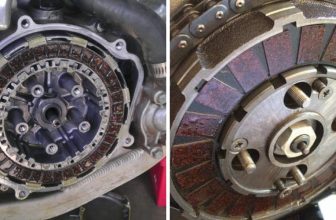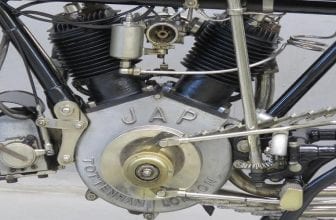How to Fix Clutch Drag
There are a few different things that can cause clutch drag, and luckily they’re all relatively easy to fix. In this article, we’ll show you how to fix clutch drag on your own vehicle. We’ll also cover some of the causes of this issue, so you can be prepared before you start working on your vehicle. So we’ve got you covered if your clutch is dragging because of a sticky pedal or a bent flywheel. Keep reading to learn more!
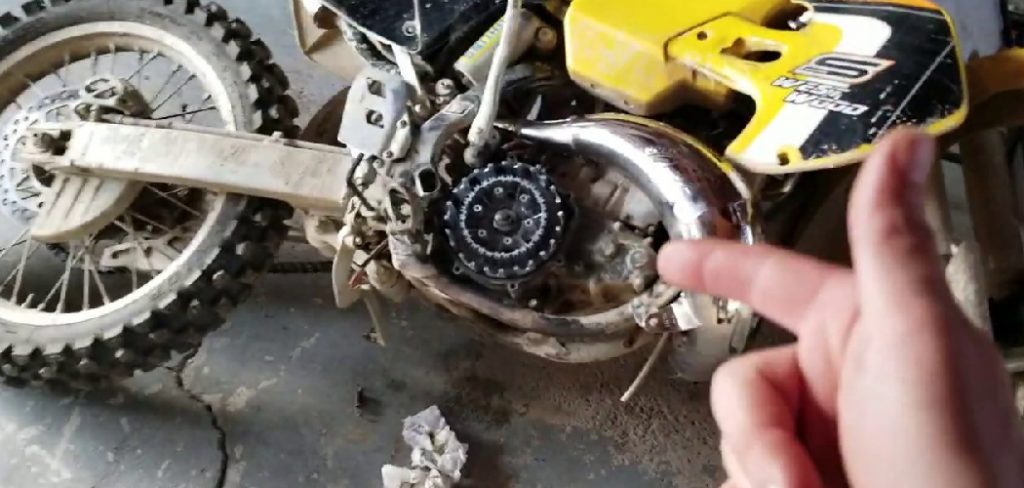
What Is a Clutch Drag?
A clutch drag is a condition that can occur when the clutch is not disengaging fully. This can happen for several reasons, but the most common cause is worn on the clutch components. When the clutch doesn’t disengage fully, it can cause the engine to race or stall and make it difficult to shift gears. Clutch drag can be a serious problem, so it’s important to have it checked out by a mechanic as soon as possible.
In some cases, the problem can be repaired with a simple adjustment, but the clutch may need to be replaced in other cases. Either way, it’s important to get the problem fixed before it causes any further damage to your vehicle.
Why Should You Fix Clutch Drag?
Clutch drag is a common issue with manual transmissions, and it can seriously impact your vehicle’s performance. If left unaddressed, clutch drag can cause the clutch to overheat, potentially leading to failure. It can also cause the transmission to slip, which will decrease fuel efficiency and cause wear and tear on the gearbox. In extreme cases, it can even lead to transmission failure.
However, fortunately, clutch drag is relatively easy to fix. Unfortunately, it often requires readjusting the clutch cable or bleeding the hydraulic system. So if you’re experiencing clutch drag, don’t ignore it—have it fixed as soon as possible by a qualified mechanic.
10 Tips to Follow on How to Fix Clutch Drag
If your clutch is dragging, the pressure plate is not releasing fully. This can be caused by several different issues, including low fluid levels, the air in the system, a worn throw-out bearing, or a faulty clutch slave or master cylinder. In most cases, you’ll be able to fix the problem yourself with a little troubleshooting.
1. Understand the Problem
The first step is to understand what’s causing the clutch drag. In some cases, it may be as simple as low fluid levels or air in the system. Other times, it may be caused by a more serious issue, like a worn throw-out bearing or faulty clutch slave or master cylinder.

2. Check the Clutch Fluid Level
If the clutch fluid is low, it may be causing the clutch to drag. To check the fluid level, find the reservoir and remove the cap. The fluid should be at or above the “full” line on the side of the reservoir. If it’s not, add more fluid until it reaches that level.
3. Inspect the Clutch Slave Cylinder
The next step is to inspect the clutch slave cylinder. This is what supplies hydraulic pressure to the throw-out bearing, so if it’s not working properly, it can cause the clutch to drag. Start by checking for leaks in the lines leading to and from the cylinder.
If there are no leaks, then try depressing the clutch pedal with the engine off. The pedal should depress fully and smoothly. If it doesn’t, then the slave cylinder may need to be replaced.
4. Test the Clutch Pedal Free Play
One of the most common causes of clutch drag is too much free play on the pedal. To check for this, simply depress the pedal and see how far it travels before engaging the clutch. Before you feel any resistance, there should be about 1/2 to 1 inch of travel. You’ll need to adjust the pedal free play if there’s more than that.
5. Adjust the Clutch Pedal Free Play
If your pedal has too much free play, you can adjust it by loosening the locknut on the clevis and turning the adjuster clockwise. Once you’ve made your adjustment, be sure to retighten the locknut.
6. Bleed the Clutch System
If air has gotten into the clutch system, it can cause the clutch to drag. Start by finding the bleeder screw on the slave cylinder to bleed the system. Loosen the screw and have a friend depress the pedal while you hold a cloth over the bleeder hole. When fluid starts coming out, tighten the screw and have your friend release the pedal. Repeat this process until there are no more bubbles in the fluid.
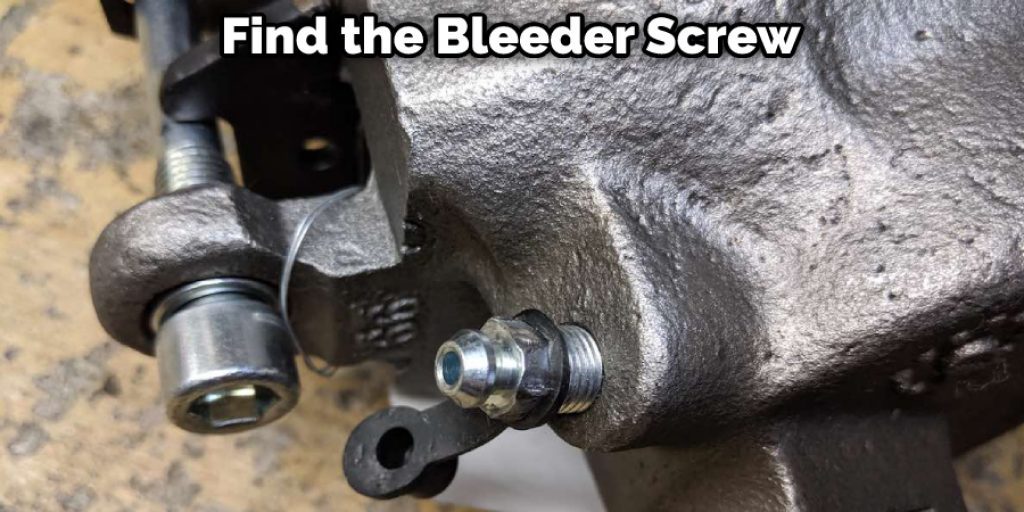
7. Replace the Clutch Master Cylinder
If bleeding the system doesn’t fix the problem, then you may need to replace the clutch master cylinder. This is a more serious repair, so you’ll likely need to take your vehicle to a professional mechanic.
8. Replace the Clutch Slave Cylinder
If the clutch slave cylinder is worn or damaged, it can cause the clutch to drag. To replace it, you’ll need to remove the old one and install a new one in its place. This is a more serious repair, so you’ll likely need to take your vehicle to a professional mechanic.
9. Replace the Throw-Out Bearing
If the throw-out bearing is worn or damaged, it can cause the clutch to drag. To replace it, you’ll need to remove the old one and install a new one in its place. This is a more serious repair, so you’ll likely need to take your vehicle to a professional mechanic.

10. Have the System Professionally Inspected
If you’ve tried all of the above troubleshooting steps and the problem persists, you’ll need to take your vehicle to a professional mechanic for further diagnosis. They can help determine if there’s a more serious issue causing the clutch drag.
Now that you know how to fix clutch drag, you can get back on the road and enjoy your drive!
What Are Some Common Causes of Clutch Drag?
Clutch drag is a common problem that several different factors can cause. In most cases, it is caused by an issue with the clutch itself, such as a worn pressure plate or warped flywheel. However, it can also be caused by problems with the transmission, such as a damaged input shaft or worn synchronizers. Finally, in some cases, clutch drag can also be caused by engine problems, such as a stuck piston or collapsed lifter.
No matter the cause, clutch drag can lead to premature wear on the clutch and transmission, making your car difficult to drive. If you suspect that your car has clutch drag, it’s important to have it checked out by a mechanic as soon as possible.
How Can You Tell if You Have Clutch Drag?
Clutch drag is a condition that can cause your car to jerk or stall when you try to drive. It happens when the pressure plate sticks to the clutch disc and doesn’t release it properly. This can be caused by several things, including a leaky seal, bad fluid, or a damaged pressure plate. You may also notice that your clutch pedal feels stiffer than usual or that your car makes grinding noises when you shift gears.
If you suspect that you have clutch drag, it’s important to have it checked out by a mechanic as soon as possible. Otherwise, you could end up doing serious damage to your transmission. Keep reading for more information about how to fix clutch drag.
How to Prevent Clutch Drag From Happening in The First Place
Clutch drag is a common problem that can occur when the clutch is not properly adjusted. The symptoms of clutch drag are usually a grinding noise when the car is in gear, and the car will not move. Clutch drag can also cause the car to jerk when you try to accelerate. If you experience these symptoms, it is important to take your car to a mechanic so they can properly adjust the clutch.
There are a few things you can do to prevent clutch drag from happening in the first place. First, ensure the clutch pedal is adjusted so there is no more than 1/8 inch free play at the top of the pedal. Also, check the fluid level in the reservoir and add fluid if it is low. Finally, have the clutch regularly inspected to ensure it is in good condition. By following these simple steps, you can help prevent clutch drag from occurring.
Tips for Driving with A Vehicle that Has a Repaired Clutch
A vehicle’s clutch is an important component that allows the driver to transition between gears while driving smoothly. If your vehicle’s clutch has been repaired, it is important to take care while driving to prevent further damage. Here are a few tips to keep in mind:
1. Don’t Ride the Clutch
This means avoiding resting your foot on the pedal while driving. This puts unnecessary pressure on the clutch and can cause it to wear out more quickly.
2. Avoid Abrupt Starts and Stops
Sudden acceleration and braking can also be hard on the clutch. Instead, start and stop smoothly, allowing the clutch to engage and disengage gradually.
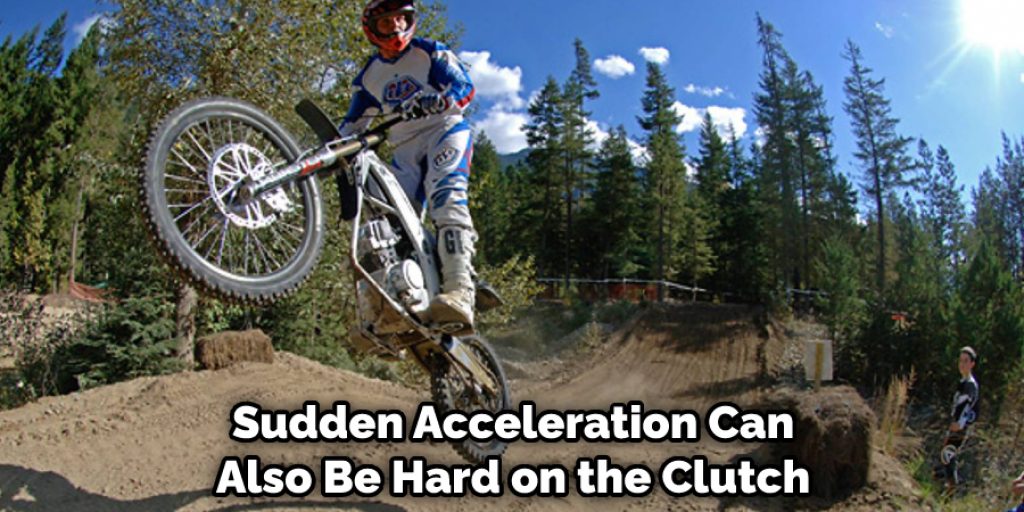
3. Use Lower Gears When Going Up Hills
Going up a hill puts extra strain on the engine, which can be transmitted to the clutch if you are too high of a gear. So instead, use a lower gear so you don’t have to rev the engine as much.
By following these simple tips, you can help extend the life of your newly repaired clutch and avoid costly repairs in the future.
Conclusion
So there you have it, our top tips for fixing clutch drag. If your vehicle is suffering from this issue, try out some of these methods and see if they work for you. Thanks for reading our post about how to fix clutch drag. Have any questions or comments? Leave them down below!

